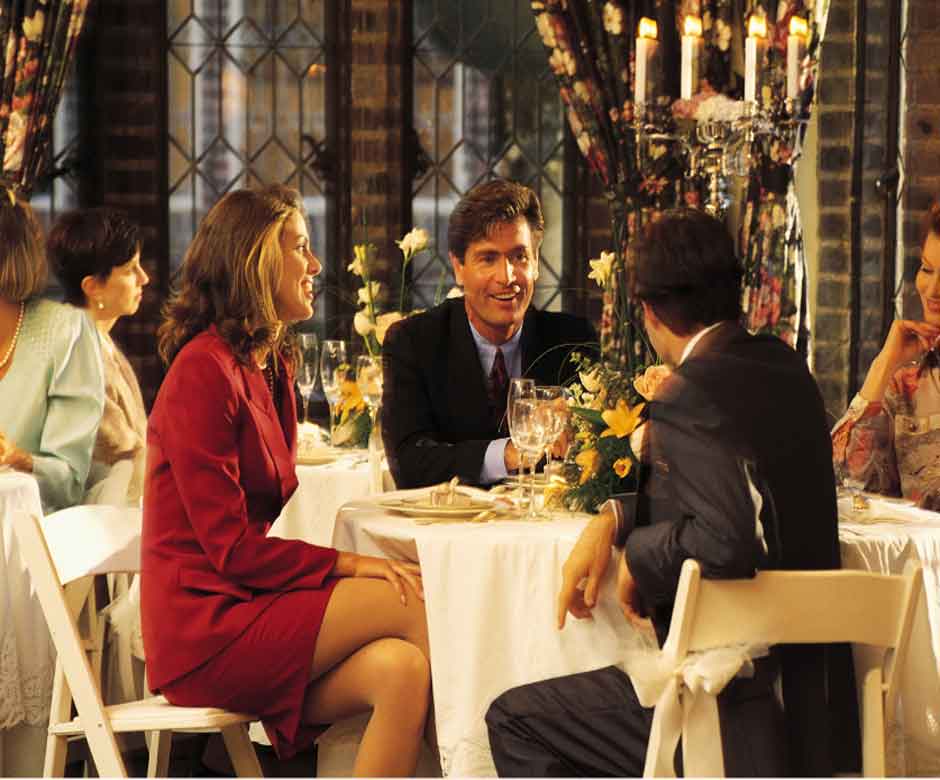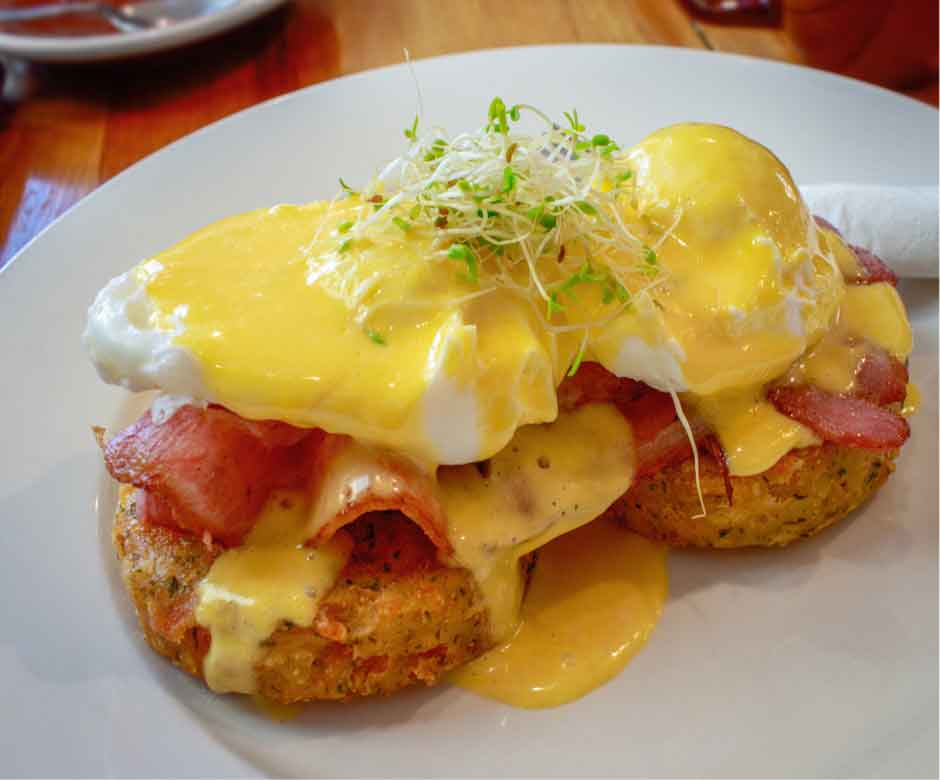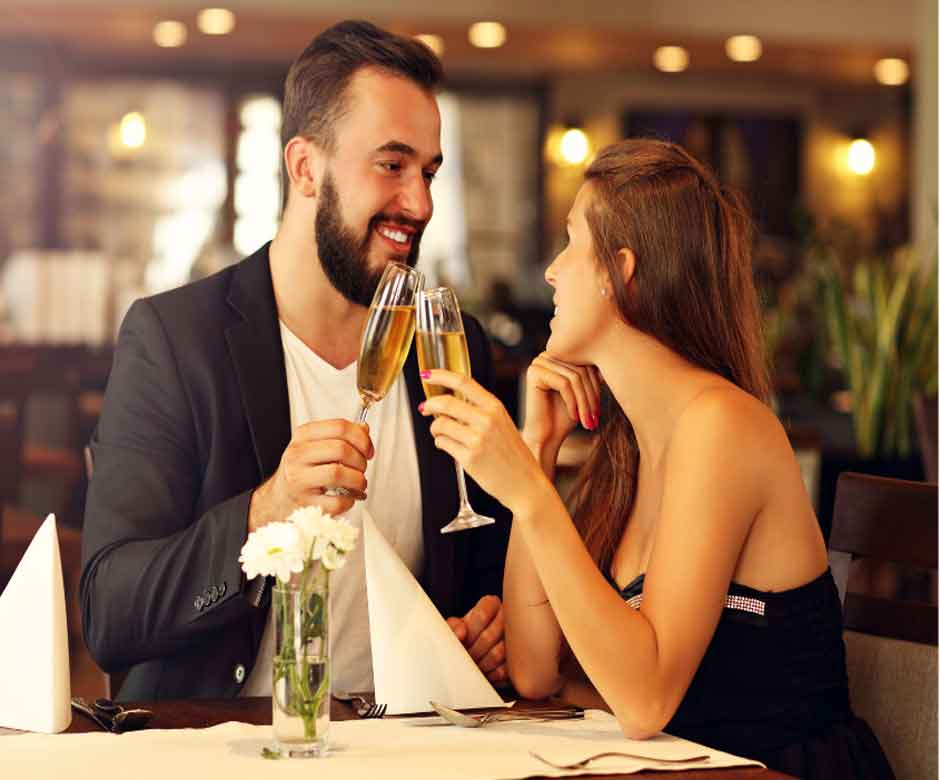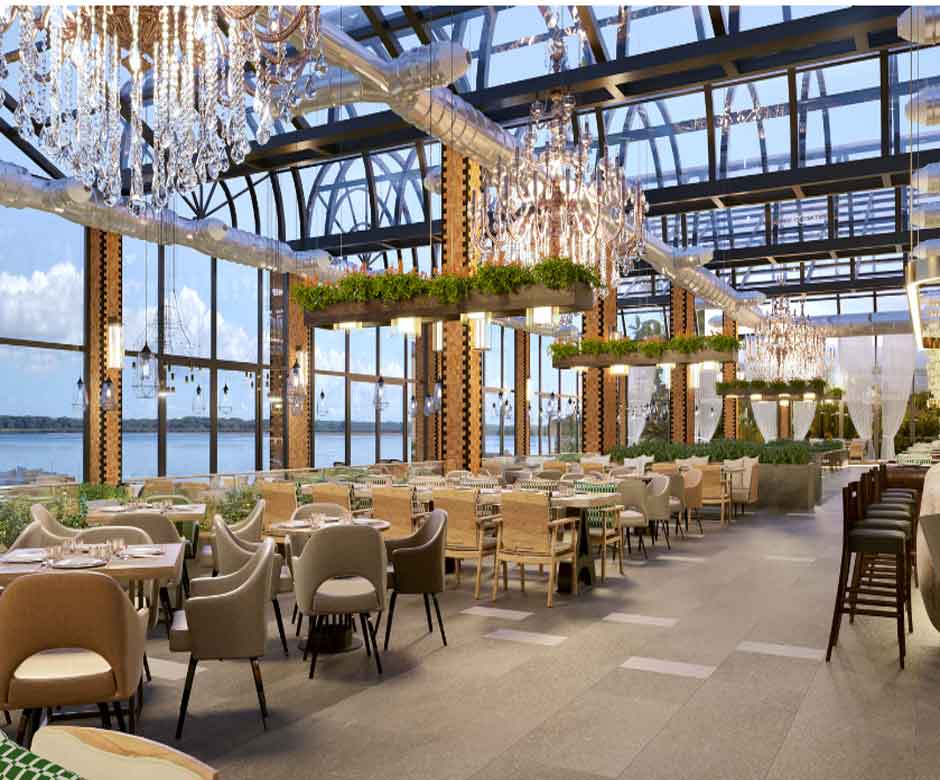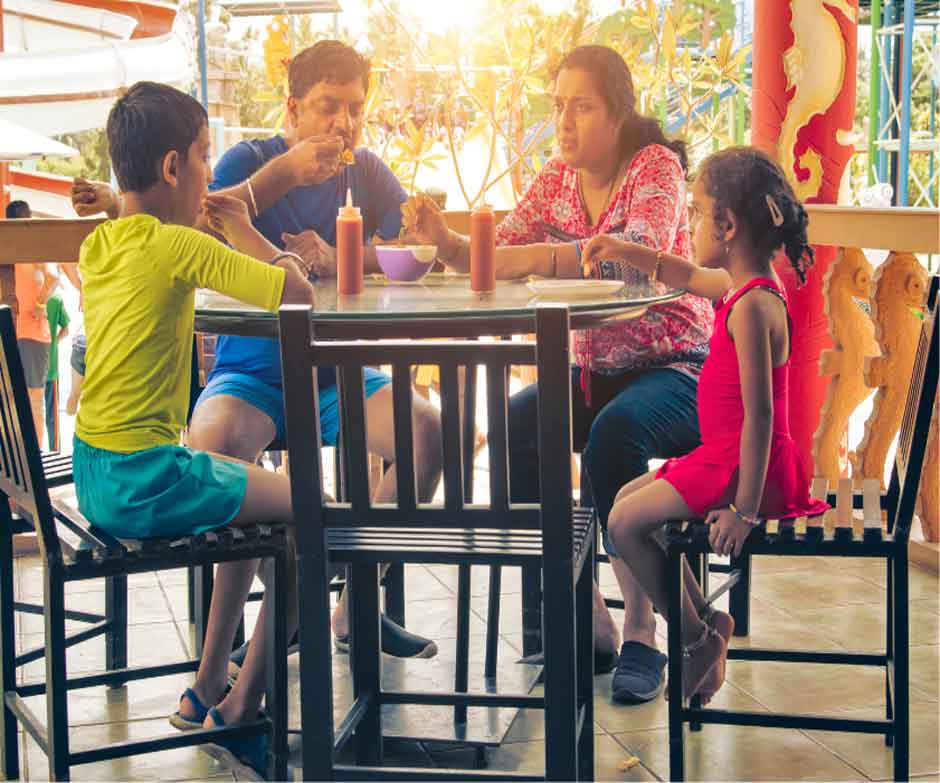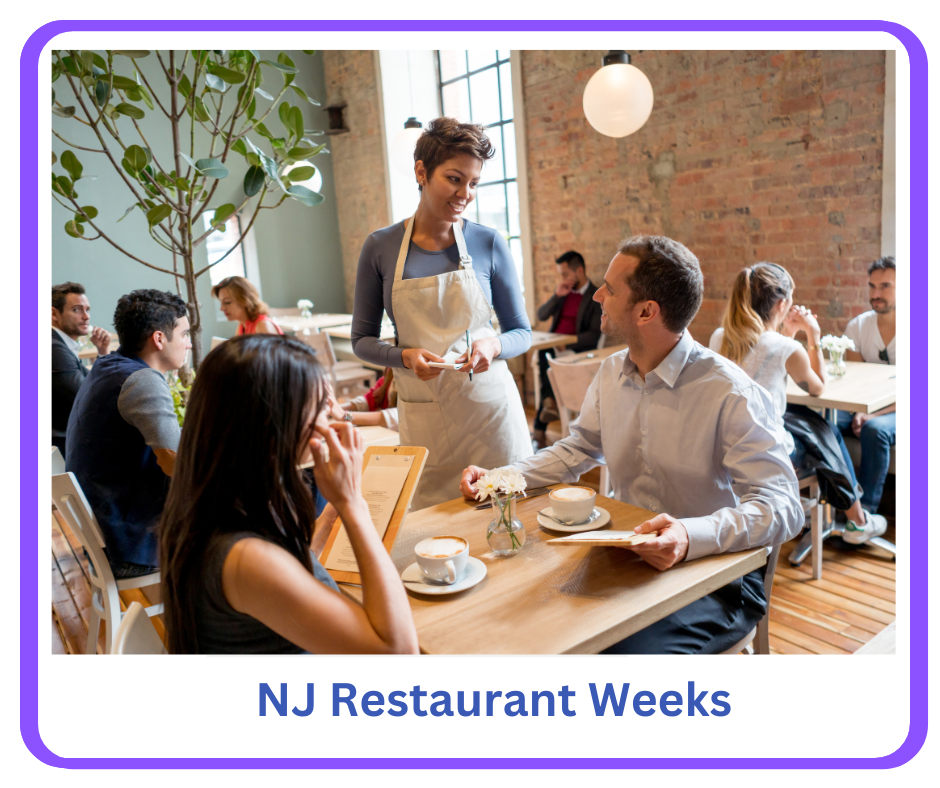What Should You Look for in a New Jersey Restaurant Review?

A restaurant evaluation guide: Going beyond the popular on-line restaurant subjective patron driven, comment platforms
New Jersey Leisure Guide: Restaurant Rating Criteria for Exceptional Dining
Choosing the perfect restaurant can be a challenge. To help diners make informed decisions, we’ve established a comprehensive rating system and evaluation process. We aim to provide objective insights, steering you away from subjective hearsay and unreliable opinions.
Restaurant Ratings: A 4-Star System
Our ratings follow a straightforward four-star scale:
- ½ Star – Poor: Not recommended. Dining at this level is considered unsatisfactory and best avoided.
- 1 Star – Below Average: Falls short of standing out within its class.
- 2 Stars – Average: A good restaurant comparable to others in its category.
- 3 Stars – Excellent: A destination-worthy dining experience worth traveling for.
- 4 Stars – Best in Class: Reserved for exceptional establishments that set the gold standard in their class and region.
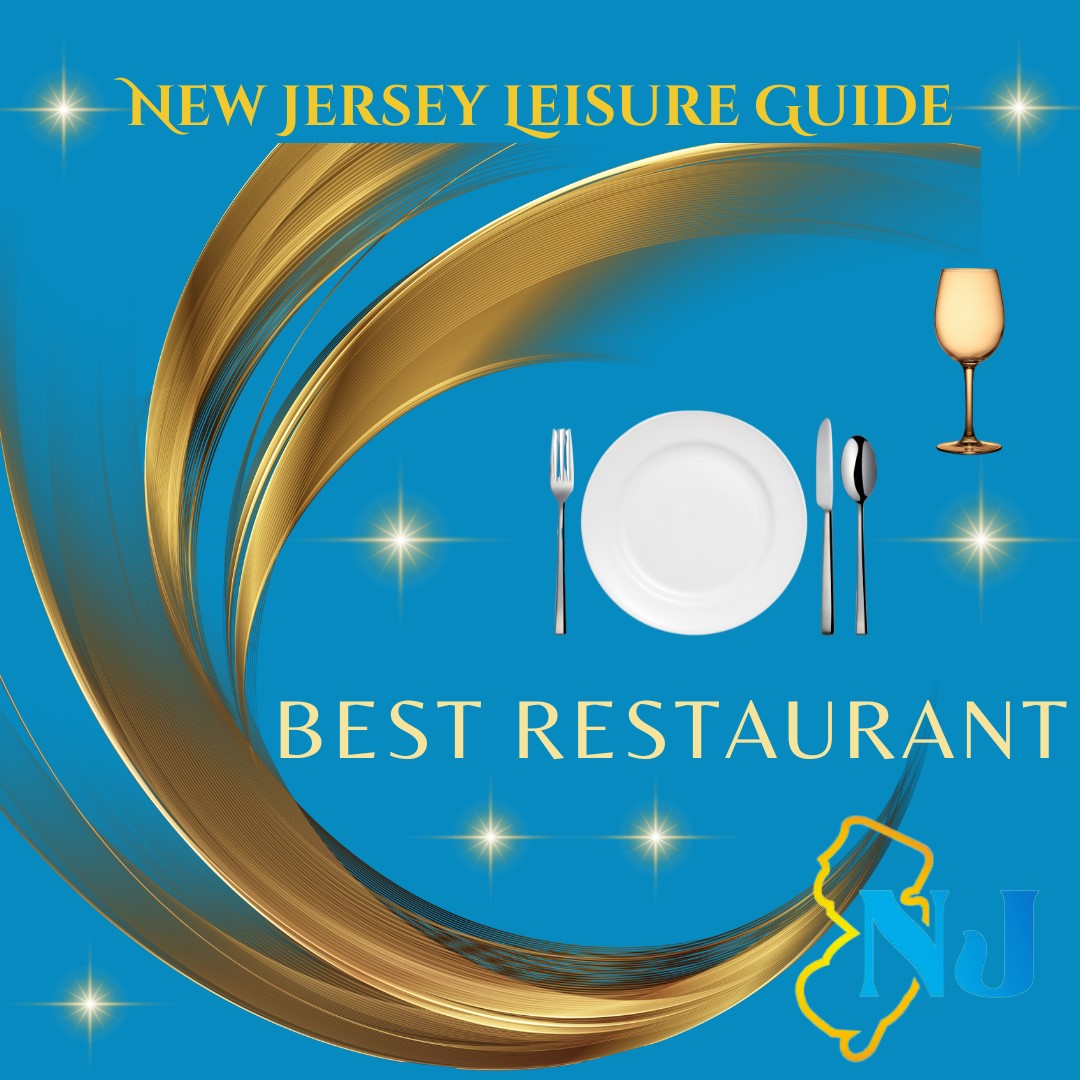
Prestigious "Best Restaurant" Recognition
Awarded to establishments earning 3 stars or higher for culinary excellence, service, and overall dining experience.
Key Criteria for Evaluating Restaurants
Our evaluations focus on the following key areas:
Food Quality
- Ingredients: Use of premium ingredients, including local, seasonal, and farm-to-table produce, wild-caught seafood, and antibiotic-free, hormone-free meats.
- Chef’s Expertise: Mastery of culinary techniques and creativity in menu development.
- Flavor Harmony: Balanced and well-composed dishes.
- Consistency: A reliable dining experience, ensuring repeat visits meet the same high standards.
Ambiance and Décor
- Color Scheme: Colors that evoke the desired mood and emotion.
- Furniture and Layout: Comfortable seating and functional table arrangements.
- Lighting and Décor: Proper lighting, artwork, and decorative elements that enhance the dining experience.
- Noise Levels and Music: A balance that fosters a pleasant atmosphere.
Service
- Staff Interaction: Friendly, knowledgeable, and professional service.
- Efficiency: Prompt attention to diners’ needs without feeling rushed.
- Menu and Beverage Knowledge: In-depth understanding of dishes, wine, and beverage pairings.
- Problem Resolution: Empathy and responsiveness to address issues.
Our Methodology for Reviews and Ratings
At New Jersey Leisure Guide, our reviews go beyond casual diner comments or singular critic opinions. Instead, we apply a research-driven methodology:
- Data Collection: We analyze viewer feedback, conduct interviews with chefs and restaurant management, and incorporate insights from professional critics.
- Objective Assessment: Subjective or biased comments are filtered out, ensuring that reviews are rooted in professional standards.
- Current Status: We account for changes in management, chefs, or ownership to ensure reviews reflect the restaurant’s current state.
While popular platforms like Yelp offer valuable insights for lower-tier restaurants, their reviews often reflect subjective tastes or limited dining experiences. Our focus is on upscale establishments that provide exceptional culinary and dining experiences.
Focus on Upscale Restaurants
With over 20,000 restaurants in New Jersey, our efforts concentrate on high-end, destination-worthy venues, including:
- Chef-Inspired Fine Dining: These restaurants feature formal settings, creative menus, and chefs with impressive credentials. They offer exceptional service, high-quality ingredients, and a refined ambiance.
- Chef-Inspired Casual Dining: Trendy yet approachable, offering creative dishes and a relaxed atmosphere.
- Upscale Contemporary Casual: Known for chic, Instagram-worthy décor, casual menus, and vibrant bar scenes.
Acknowledging Subjectivity
Both diners and restaurant owners may disagree with our reviews. Preferences vary based on taste, budget, and expectations. While some owners dismiss reviews, many proudly display favorable plaques at their entrances—even when outdated or irrelevant.
Informed Opinions, Not Absolute Facts
Our reviews are extensive and research-based, but like movie or book critics, they reflect informed opinions. Use them as a guide to help you discover some of New Jersey’s best dining experiences.
